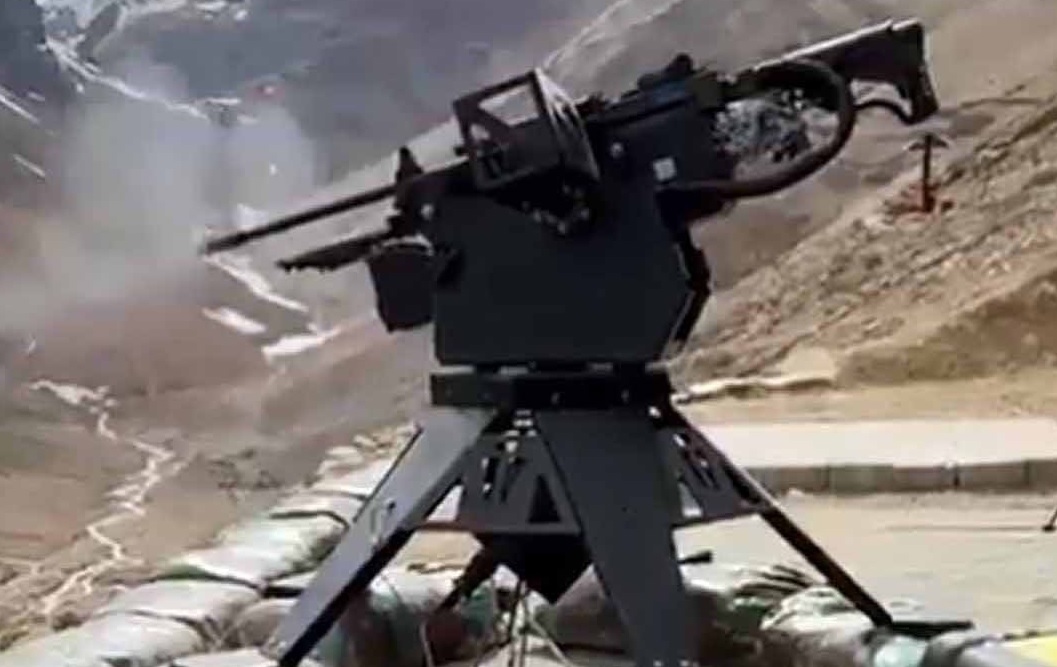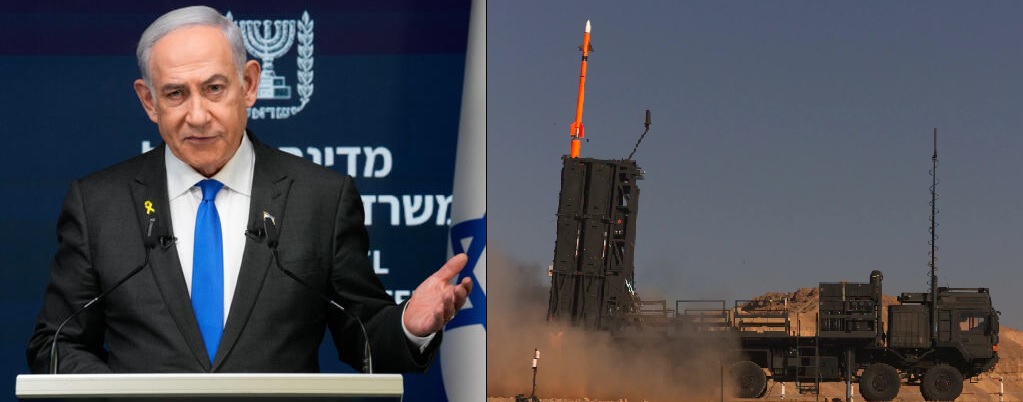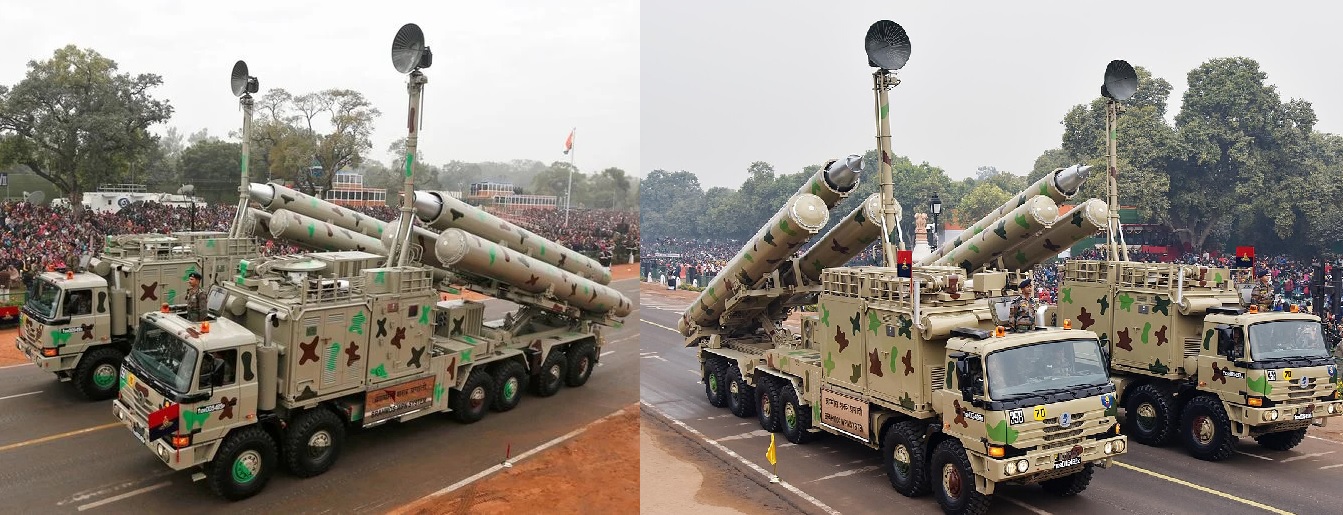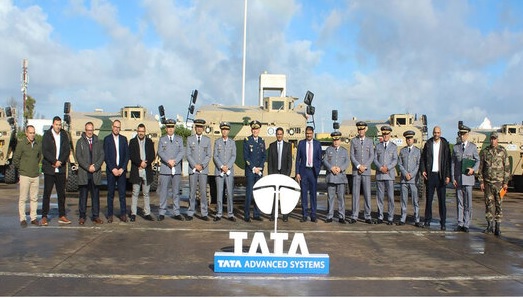India Unveils Concept Design of Bharat Small Modular Reactor: Clean and Decentralised Nuclear Power

India has reached a major milestone in its pursuit of clean and sustainable energy by completing the concept design of the Bharat Small Modular Reactor (BSMR-200) — a 200 MWe pressurised water reactor. This landmark project, developed jointly by the Bhabha Atomic Research Centre (BARC) and the Nuclear Power Corporation of India Limited (NPCIL), is tailored to meet the evolving needs of India’s power sector, especially in areas where traditional large nuclear reactors may not be feasible.
What Makes the BSMR-200 Special?
Unlike conventional nuclear plants, the BSMR-200 is a compact, scalable, and safer alternative. It’s equipped with advanced passive safety systems, meaning it can shut down and cool itself during emergencies without the need for operator intervention or external power. This drastically reduces the risk of accidents, even under off-normal conditions.
The reactor will run on slightly enriched uranium, maintaining India’s tradition of using indigenous fuel sources, while also enhancing energy efficiency. Once financial approval is secured, the first demonstration unit is expected to be constructed within six years, and commissioned by the seventh year, with a projected cost of around ₹5,700 crore.
Strategic Vision and Industrial Applications
The government envisions these small modular reactors as a key component of its plan to achieve 100 GW of nuclear power capacity by 2047, in line with India’s clean energy transition goals.
The BSMRs are designed for multiple real-world applications, including:
-
Captive power supply to energy-intensive industries like steel, cement, and aluminium.
-
Electricity generation for remote and off-grid regions, improving access and reliability.
-
Repurposing aging thermal power plants, allowing their existing infrastructure to support modern nuclear energy systems.
This approach not only aids in decarbonising India’s energy mix, but also revitalises old industrial assets, making the transition to clean energy more cost-effective.
Involving the Private Sector: A Historic Shift
One of the most revolutionary aspects of the BSMR initiative is the opening up of India’s nuclear sector to private companies. For decades, nuclear energy generation in India was the exclusive domain of the government, strictly regulated by the Atomic Energy Act of 1962. Now, through structured collaboration, the Department of Atomic Energy (DAE) plans to work with private vendors for key components like reactor pressure vessels and coolant pumps.
Construction and commissioning will be carried out by pre-qualified Engineering, Procurement and Construction (EPC) firms, selected through competitive bidding. This strategy not only attracts fresh investment, but also accelerates deployment by tapping into the technical expertise and efficiency of India’s private sector.
Technological Roots in Proven Systems
The Bharat Small Modular Reactors draw their core design principles from India’s successful 220 MWe Pressurised Heavy Water Reactor (PHWR) technology. Sixteen of these reactors are already operational in the country, making them a reliable base for further innovation. The BSMR, however, adapts this experience into a pressurised water reactor (PWR) design — more suited for modular, factory-based manufacturing and faster construction cycles.
A Game-Changer for the Future
With the global focus shifting towards decentralised, clean, and secure energy systems, India’s BSMR programme places it at the forefront of next-generation nuclear technology. It not only reflects the country's commitment to sustainability, but also showcases its capability to lead in innovative nuclear solutions that are safer, smaller, and smarter.
As the world grapples with the twin challenges of climate change and energy security, the Bharat Small Modular Reactor stands out as a timely and strategic answer, combining indigenous expertise, industrial collaboration, and forward-thinking policy reforms.
✍️ This article is written by the team of The Defense News.






